The administration building of High Royds Asylum in Yorkshire, England was built with particular splendour and features intricate mosaic floor tiles.
History of High Royds Mental Hospital, Menston, England
High Royds Hospital is a former Psychiatric hospital near Menston in West Yorkshire, UK.
Built to designs by architect J. Vickers Edwards, the 300 acre site opened in October 1888 comprising a large complex of Gothic stone buildings. The administration building is now Grade II listed and features an intricate Italian mosaic floor showing the Yorkshire Rose and black daises.
The hospital, like most other Victorian Asylums, was designed to be as self-sufficient as possible. Patients living in the wards were expected to work towards their keep, where possible, either on the hospital’s farm, in the kitchens and laundry, or doing various handicrafts. [1]
The hospital had a short railway line connecting it the Midland Railway Mainline. The railway was constructed originally to transport building materials, however remained in place to carry supplies such as flour and coal. The line closed in 1951. [2]
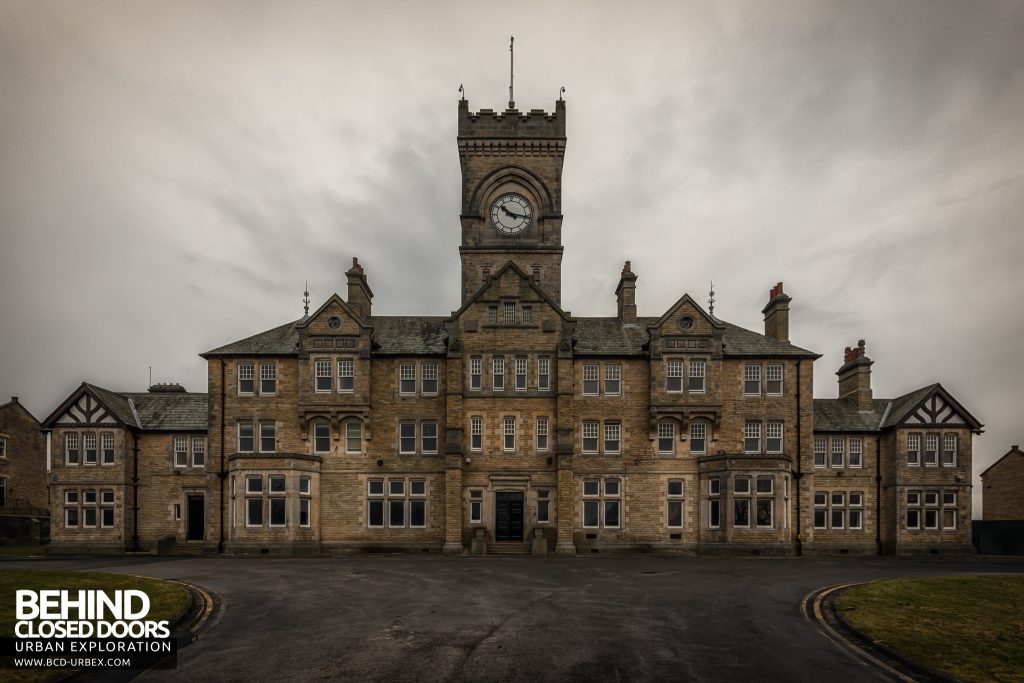
West Riding Pauper Lunatic Asylum
The hospital opened under the name West Riding Pauper Lunatic Asylum. The first patients were transferred from the severely overcrowded Wadsley Asylum in Sheffield. The asylum was designed to contain patients rather than treat them. There was no known cure for Insanity so patients would often spend many years, if not the remainder of their life locked within the high walls. [3]
Menston Mental Hospital
By the 1920s changes to the way patients with psychiatric problems were treated resulted in major changes at the hospitals, including a name change to Menston Mental Hospital to represent the modernised approach being brought in. By this time doctors were attempting to treat mental illness, and the idea of a cure appealed to many patients. Barbaric shock therapies were introduced including Insulin Shock Therapy – a practice that was soon phased out due to the number of patients screaming in pain rather than being cured! Electro convulsive therapy was popular at High Royds, and is still in use in some establishments today. Another popular treatment was the lobotomy – it wasn’t uncommon for patients to wander around the wards aimlessly with a hole in each side of their head.
Introduction of the National Health Service
The introduction of the NHS saw major changes once again at High Royds. The wards were decorated (a welcome change from the previously dismal bare floors and black or dark brown pained wards), and were opened up. The emphasis was now placed on treatment instead of security, and the perimeter walls were shortened.
The bio-chemist Roy Hullin was offered a job at High Royds during the 1950s where he explored the benefits of the new mood stabilising drug Lithium. Hullin and his team developed many other drugs during his time there which were widely used and accepted by doctors worldwide as a treatment for various mental illnesses.
Decline and Closure
Major changes to the way patients with mental health problems were treated saw the hospital become outdated. An emphasis on community care saw development of new centres and as a result the large asylums were closed down in the 1990s – 2000s. Services were gradually transferred out and the hospital finally closed in June 2003.
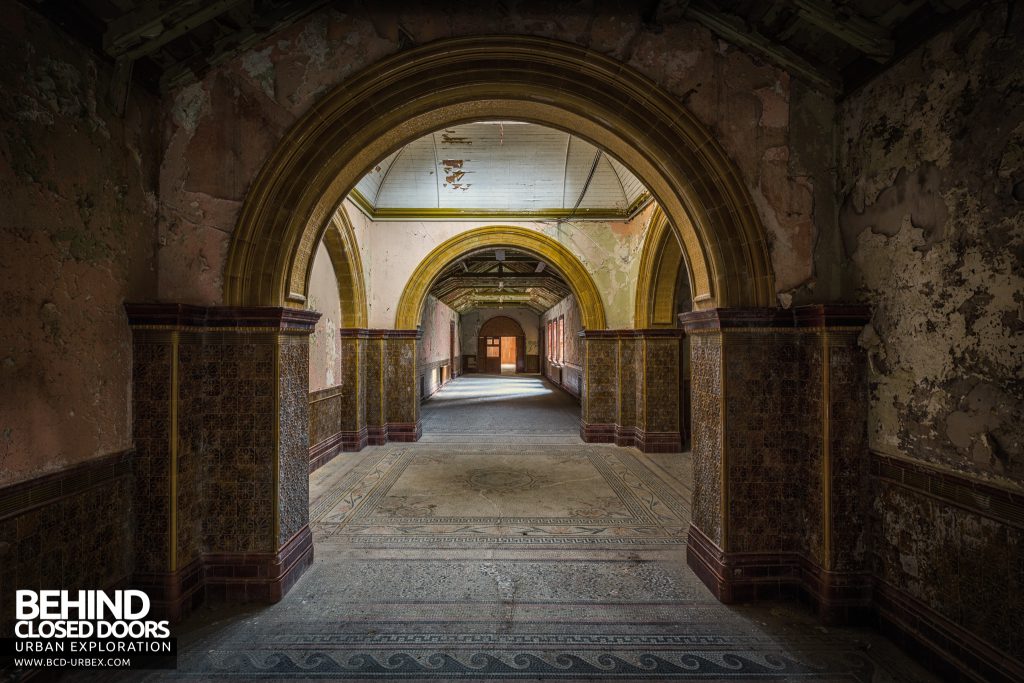
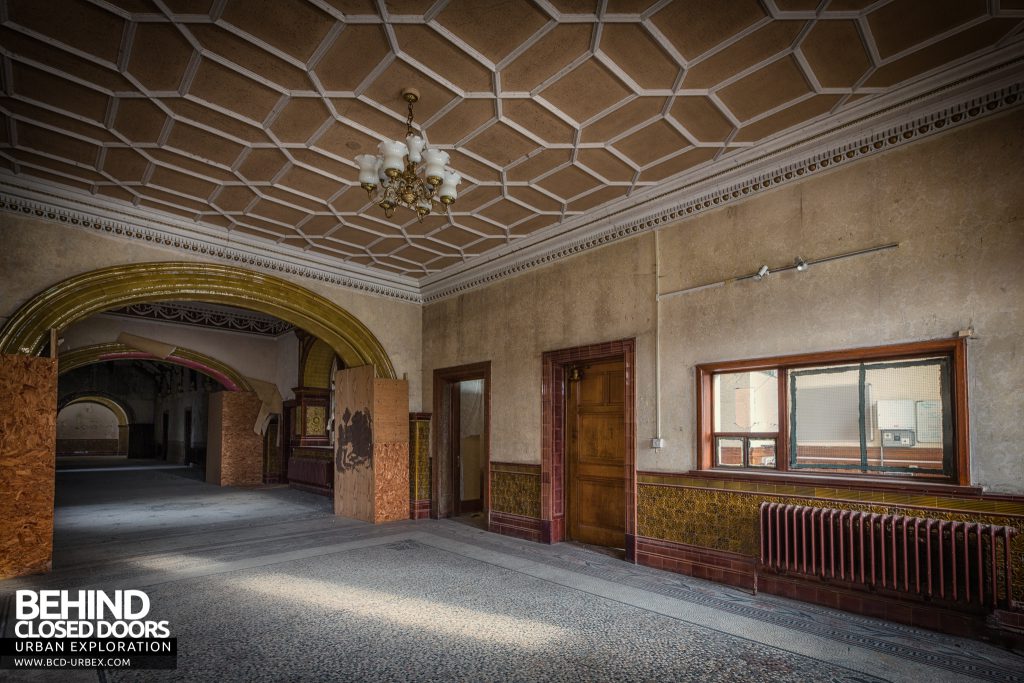
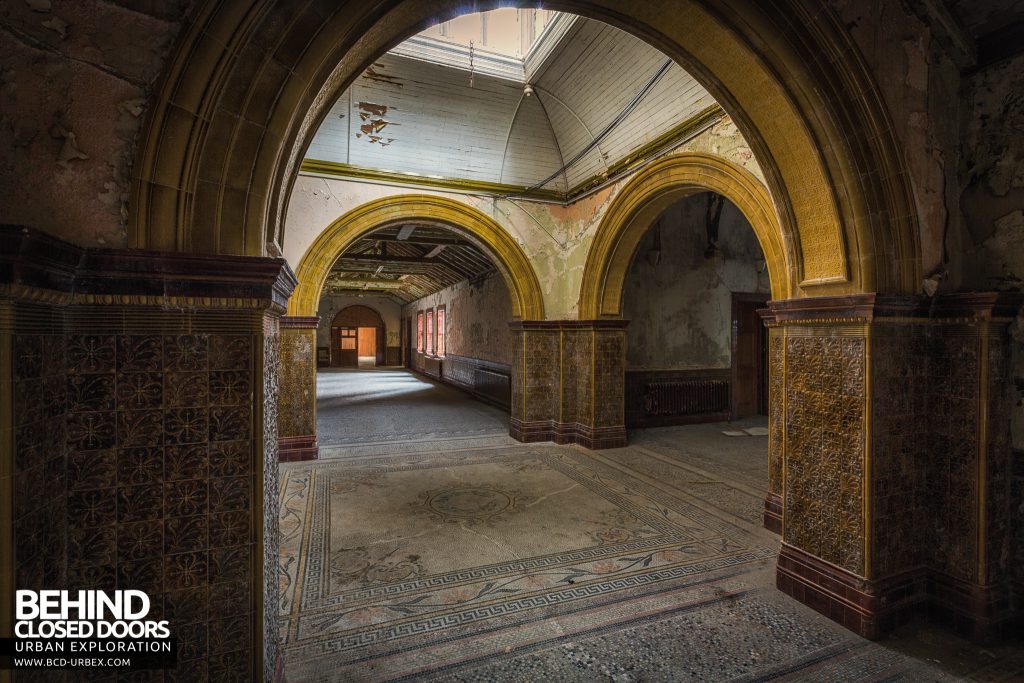
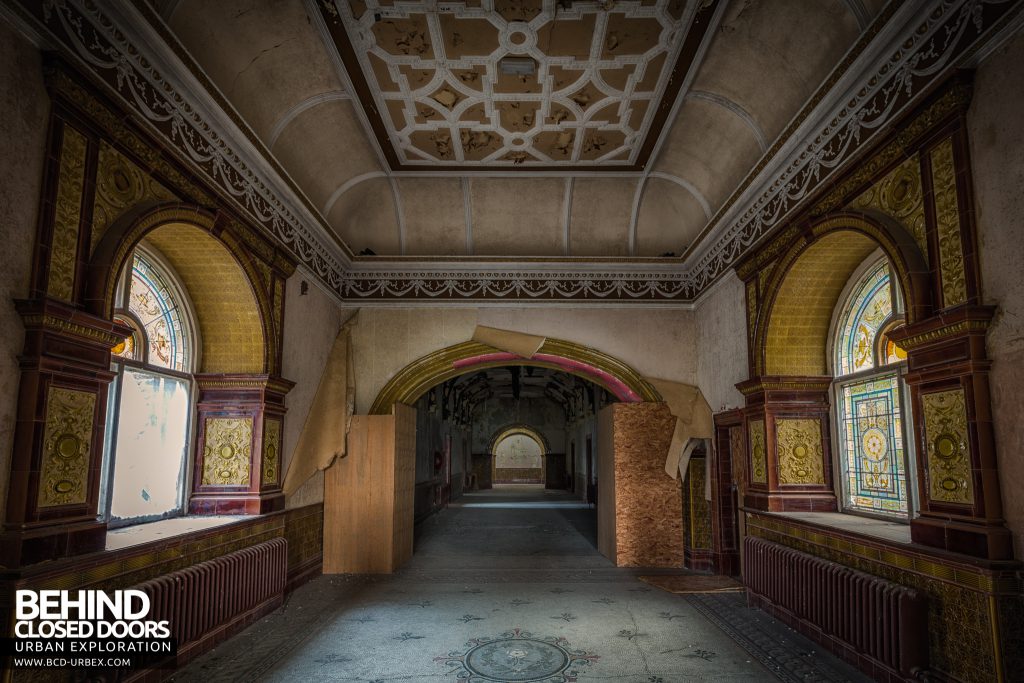
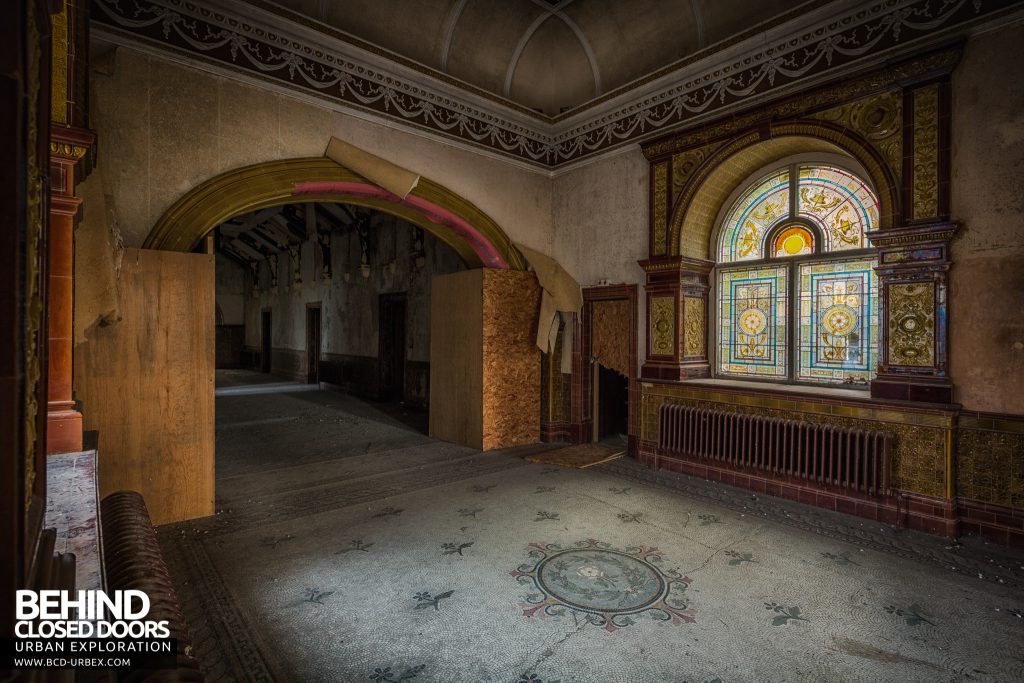
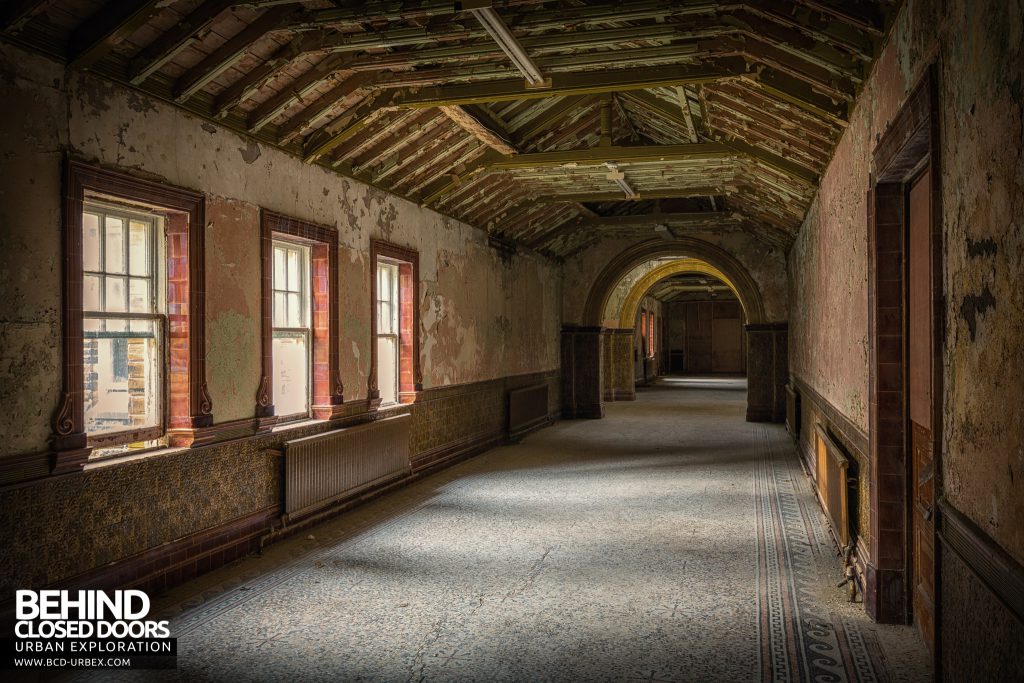
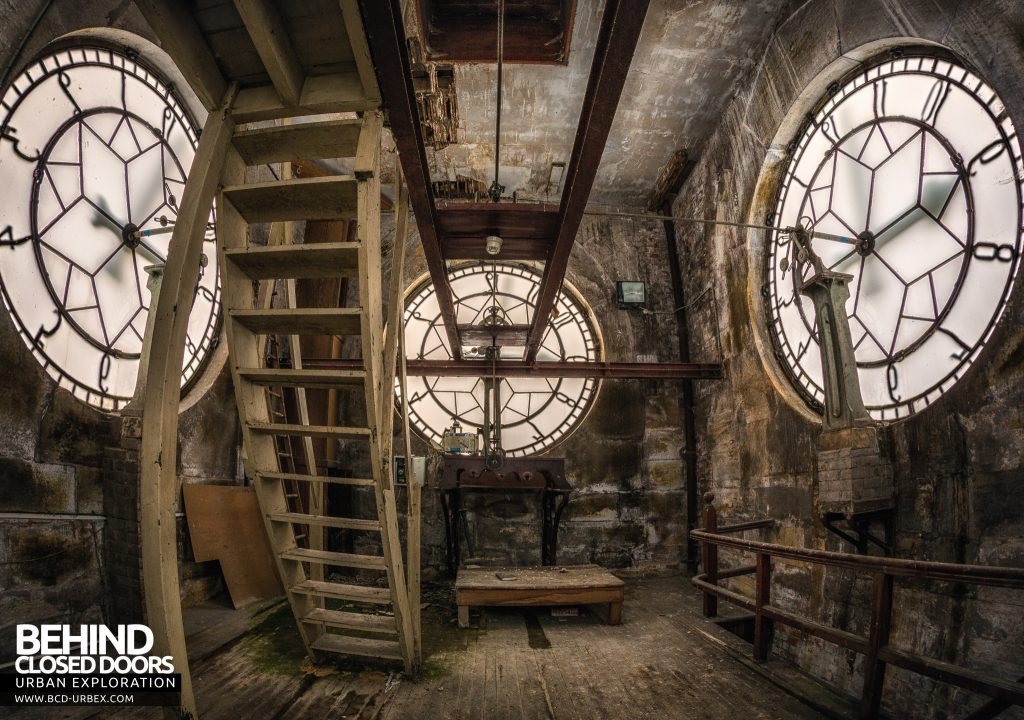
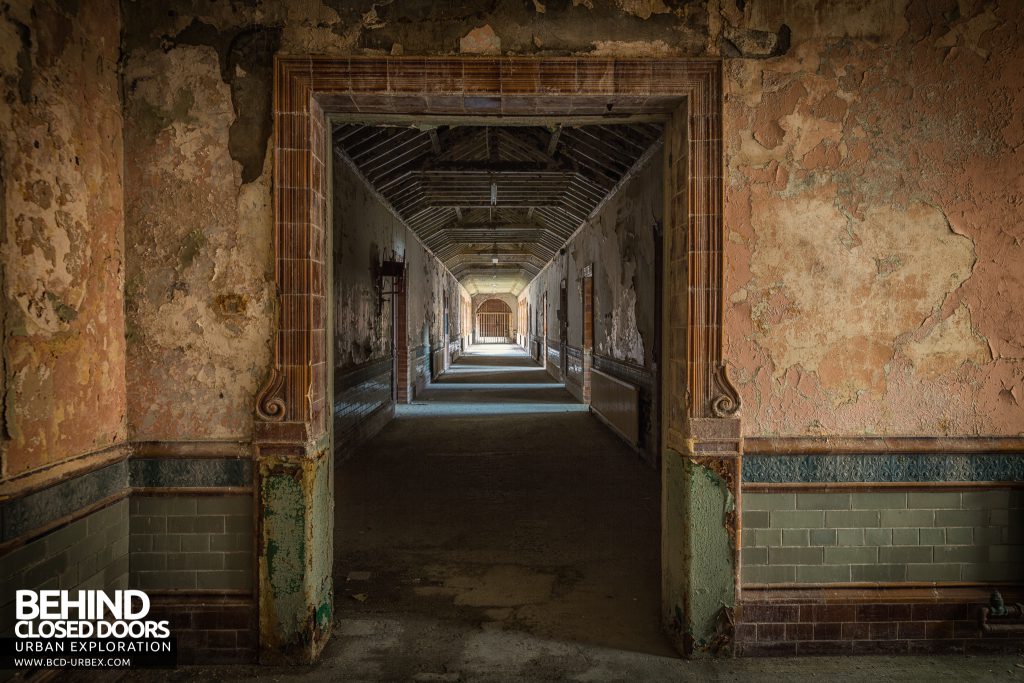
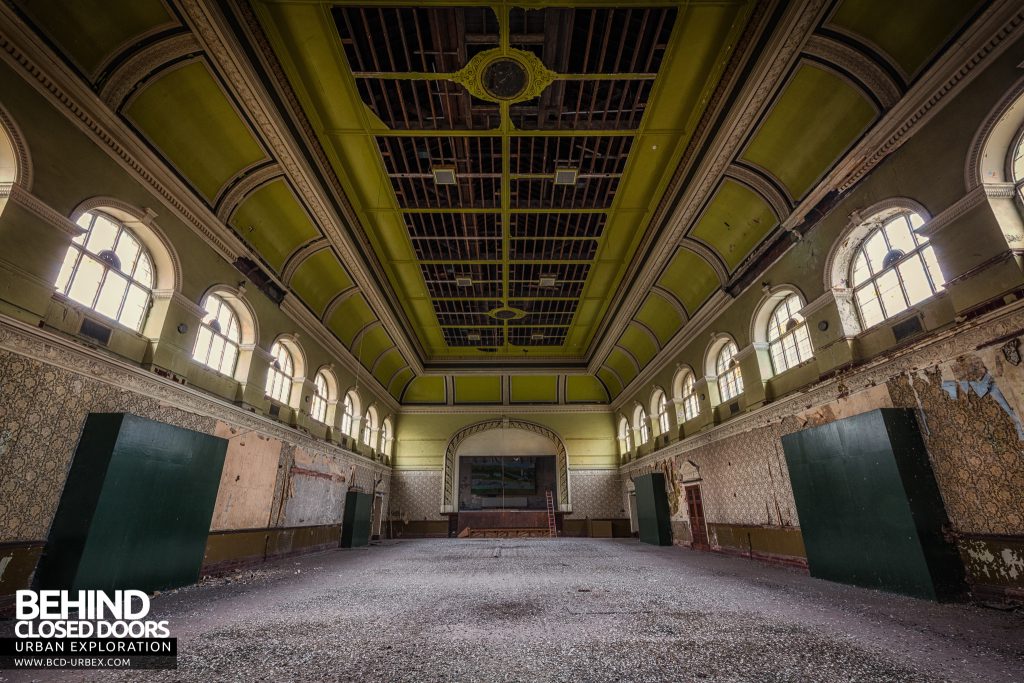
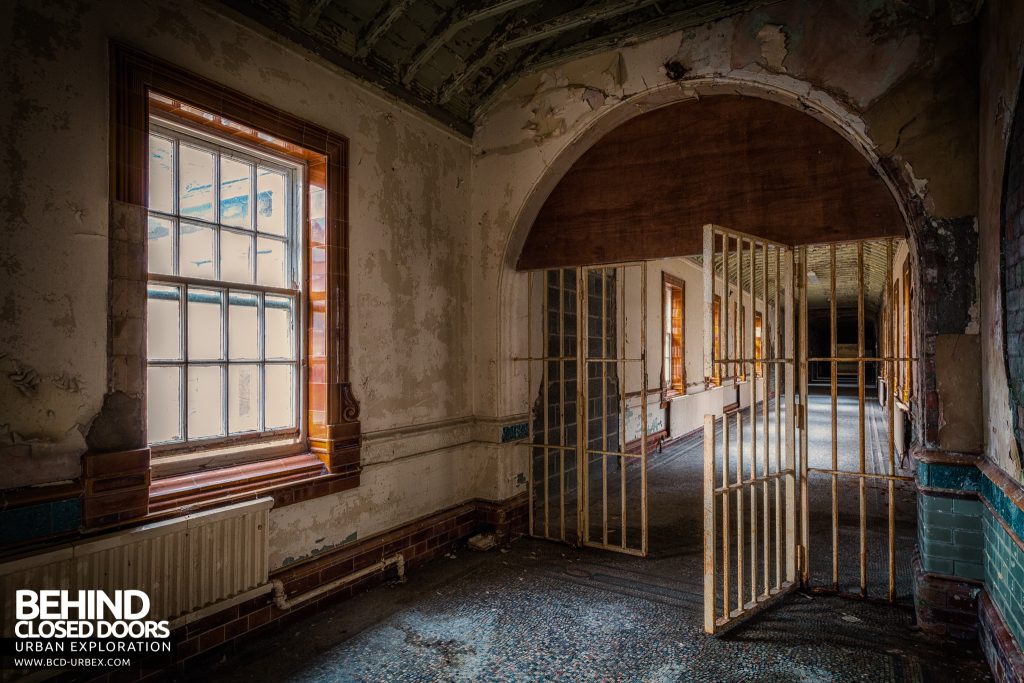
The last remaining ward
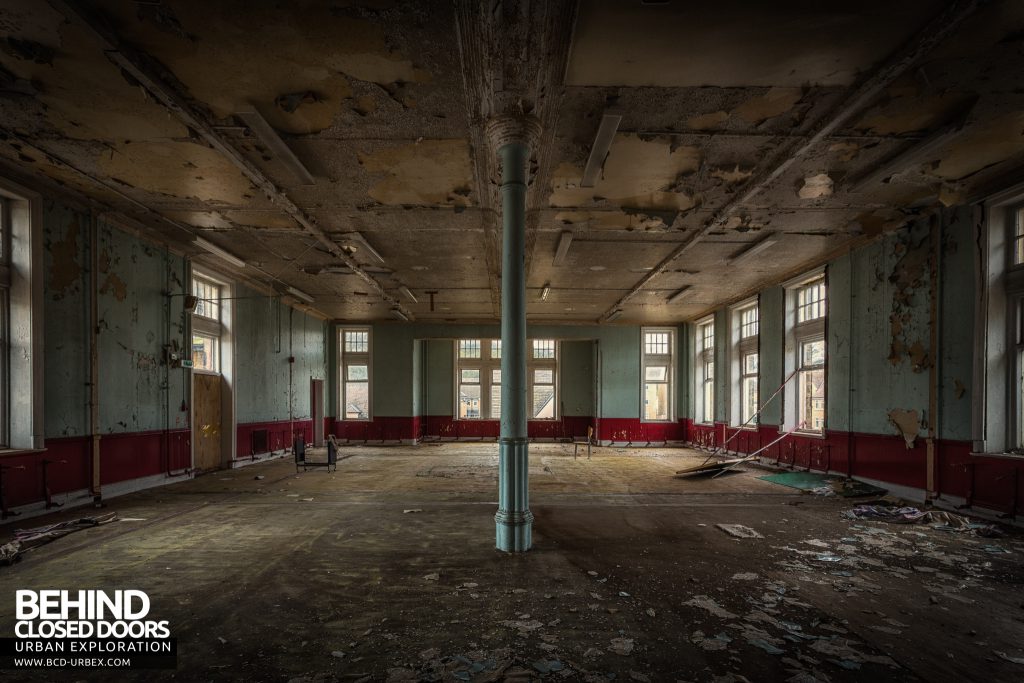
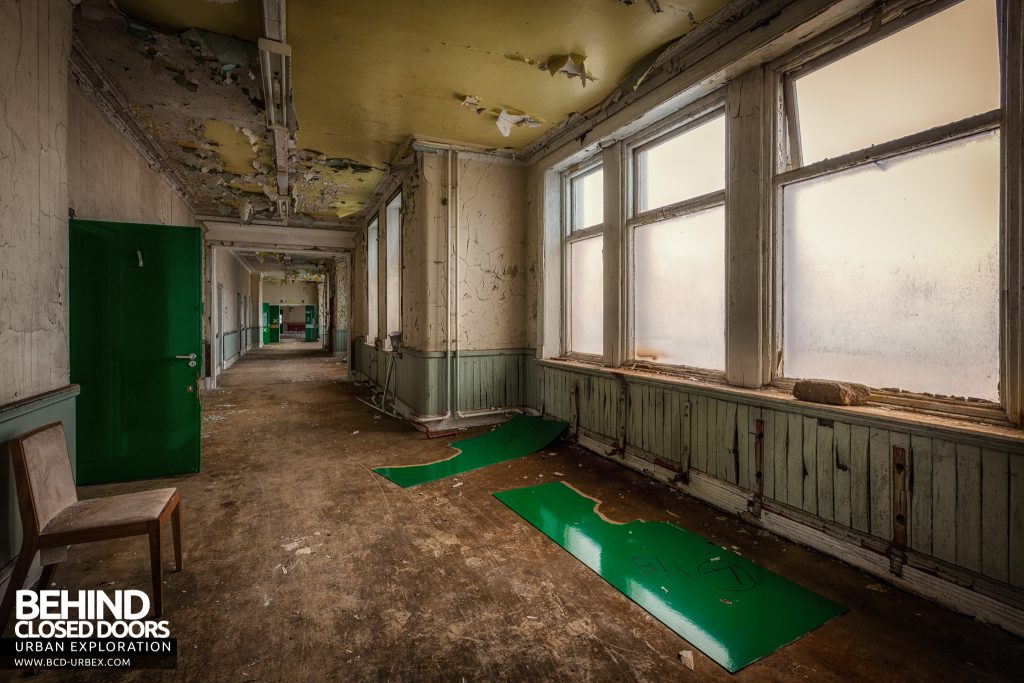
References
1. Source: http://en.wikipedia.org/wiki/High_Royds_Hospital
2. Source: http://en.wikipedia.org/wiki/High_Royds_Hospital_Railway
3. Source: http://www.gutsandgore.co.uk/infamous-asylums/high-royds-hospital/


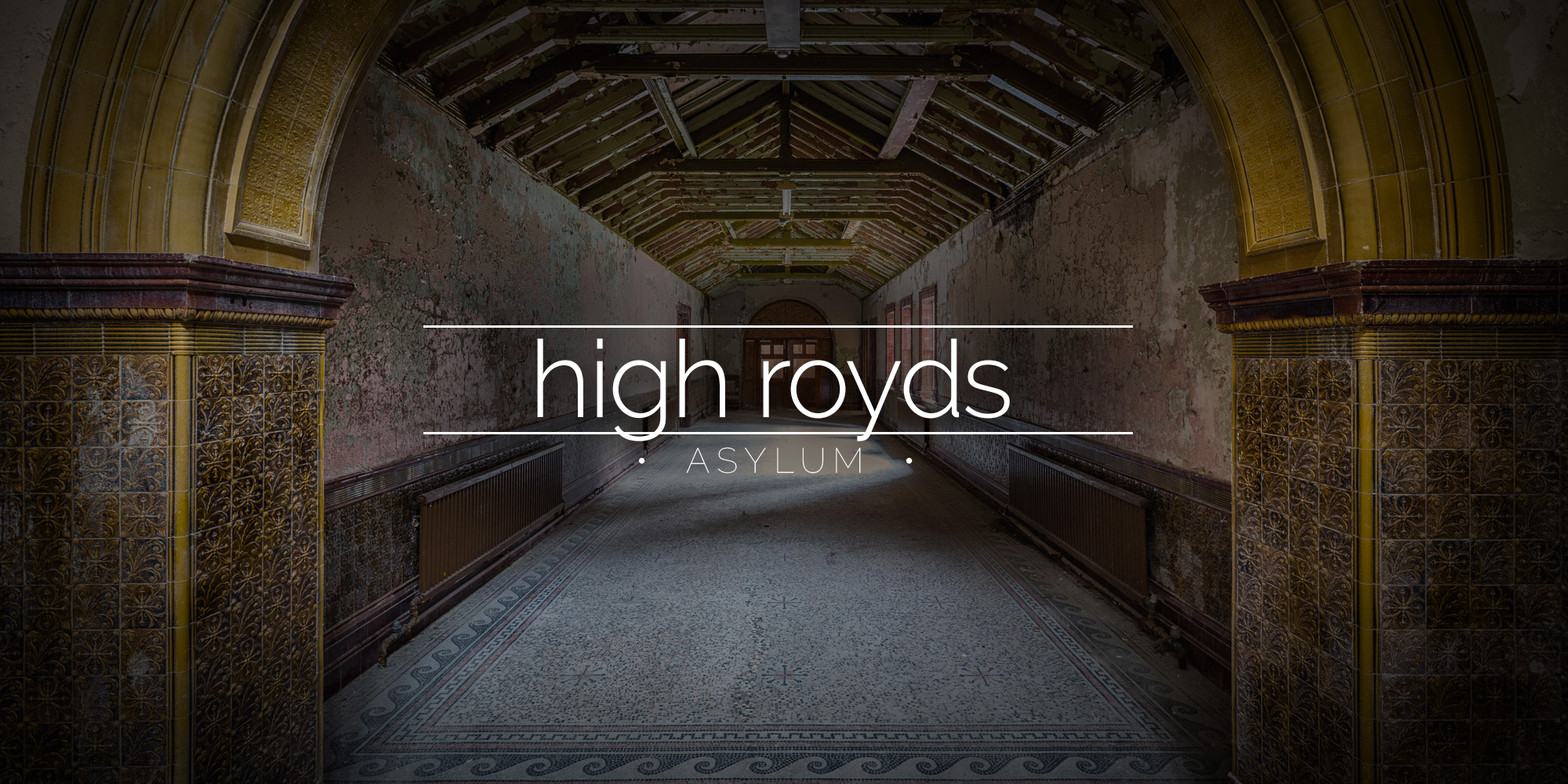



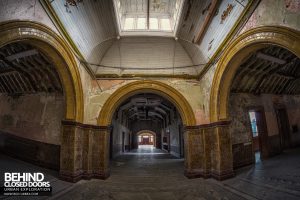
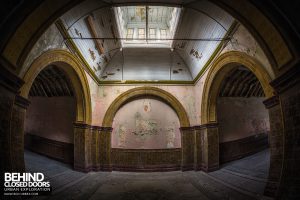


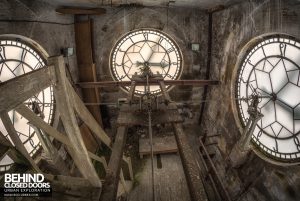

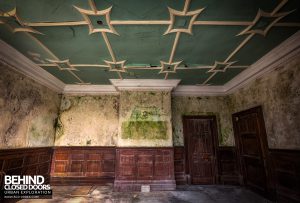
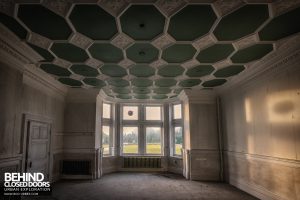
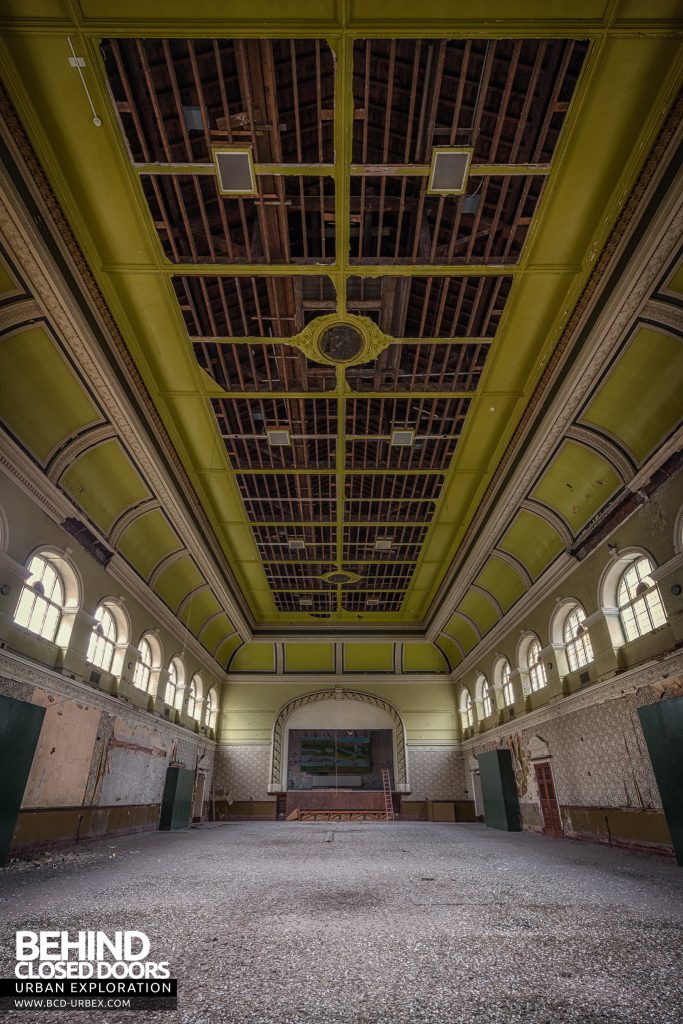



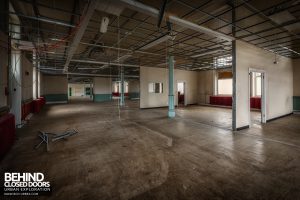



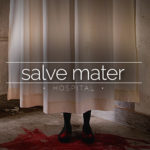

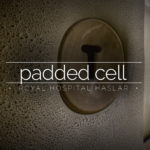

Mate I love this. Proper well done.
,, wow,, well done! Love the arches and ceilings here,, nice to see, it hadn’t gone totally to hell, and the original details were intact,, also glad to hear it’s in the process of re-use,,, the administration building is quite something!
The metal gate and bars were put there for the film Asylum they are not part of the old buildings.
Accurate description except for the description of the shot with the iron barred door. They were something put in after the hospital closed and parts of the building were being used for film and tv productions
My grandma had a few stays in this hospital in the late 1980s
This is a great peice well done
My mother in law was here for 30 odd years until it closed
God rest her soul,and the other souls of menston x
My great grandma stayed in this hospital in the late 1980’s as she suffered with dementia. Such a beautiful place filled with such such sadness and horror x
Mixed views on this place , some scary memories on visiting my mum , will never forget the long long walk up that drive way with my dad just wanting to see her but dreading it at the same time and my poor mum was part in the electric shock treatment, I did not understand at the time and did it help? I still don’t know.
I watched it get redevelopment and I remember it been the hospital the siren used to go off if 1 had escaped that what my grandad told me he was a head nurse there also after it closed we saw a load of scary stuff
fab place, little did they realise…..
My grandpa .. Mum and father in law all worked there … Riggotts & Ramseys
Shame the whole building can’t be restored … Or the restoration man programme … Such a massive shame to let it all go to waste
My son was a patient there for around 14 years, and was one of the very last to leave, I visited him regularly, distressing memories.
Did part of my nurse training there 1980’s. Beautiful buildings and grounds. Do you know about the clock? Very special clock face. Numbers are painted as though stood in the centre of the clock face moving round to paint each one so number 6 is upside down! Have quite good memories of High Royds and the characters I met.
Very well done & informative, I would love to take a walk round that place I did go with a friend many years ago to visit a relative of theirs.
My Dad and his Brother did their Nurse training there, the grounds were my childhood playground. Much different from the Psychiatric Hospital I work in. Thanks for sharing
Feel quite sad looking at the old place now, worked there for 7 years up to mid nineties, lots of happy memories.
I visited this place on a couple of occasions in the mid 1980s when my mum was resident for a time… I used to find the visit an ordeal and never really understood that people could be “ill” like this as I was only a young lad. I know my mum had ECT whilst there and has Karen Paylor says , I’m still not sure it worked! RIP mum… X
Amazing photos Andy de Kay
Both my grandparents worked there for years as nurses. It was a good place. There was a community there. There was a top floor secure ward for patients who were dangerous to themselves and each other.
Most patients could come and go as they pleased. Many liked a pint at the hare and hounds, where I worked. A particular gent loved standing on the roundabout at Harry ramsdens directing all the traffic. He was happy, not hurting anyone. Also a gent who dressed in a sack and would be seen walking miles to ilkley, otley etc. Always made it back in time for supper.
I worked here for 7 years prior to its closure. A beautiful building, hopefully the renovation will keep many of these wonderful features and give it a new lease of life.
Is the admin building open now for people to look round it? I’m a photographer I’d love the chance to go in with my camera
I remember the gent who directed the traffic and I used to like seeing the empathy that the drivers showed by thanking him as they drove passed.
Lol I live next to hare and hounds
I worked here too and became a Staff Nurse, retiring in 1992. I have many good memories of being here, both of colleagues and patients. I learned a lot about human nature from them. I have very mixed feelings about its demise – and the wisdom of it.
I worked there for 10 years best 10 years of my working life
I’ve visited people in there many times over the years it was quite overwhelming and spooky when very busy. You often did not know the staff from the patients but great sense of care and community
Nicely done mate! some really good images here! was nice to finally see the inside!
I worked there 1974-75 on nights. I had a few heart wrenching moments there and a few scary ones too, maybe exagerrated by the dark ! I worked on Wood Dale, Litton and Ingleborough wards. It was a very educating experience.
My uncle was in there from being a young man up to it closing I visited every week and y uncle was terrified of the doctors and nurses the patients were not allowed in the ballroom or library .
Can I just say it states the security bars were put up wen it closed down that is not true they were there wen it was open you had to wate to be admitted through them .
I worked in the office and patient’s shop there when I was a student. It’s sad to see the building in such a state, the floors, walls and ceilings of the corridors and halls were beautiful. It was a great place to work and there was an excellent community and real friendliness and genuine care and concern for the patients from all the staff I met. Ok, the building & grounds were too costly to run & the way patients were being cared for was changing but the hospital in the 1990s provided people with good treatment and a beautiful setting in which to help them recover from mental health issues. I wonder if the ‘care in the community’ that some of the patients now receive is as good as it was at High Royds?
I trained there then worked there for 20yrs until it shut. My dad worked there for over 40 years starting in the 1950’s so I was up there as a child as well
I worked in the offices from 1967 for a few years and loved the place
I would love to look around now. If only walls could talk.
That is a seriously cool peice of information!
After the introduction of the community care act when the majority of patients were moved to care homes, I worked as a carer. I would spend hours reading their past case notes. I was utterly amazed at their stories. women who had been put in to the asylum because they had illegitimate children or affairs and whom had never been let out. One man who had been born inside high royds and lived his entire life there. So many strange reasons. I was 16 at the time, and It was because of these people I decided to become a mental health nurse.
Aw my nanna worked here. She told us some tales before Alzheimer’s completely took over. Would have loved to have shared this article with her x
Andy de Kay They were definitely there in the 1970s when my Nana was in there.
Loved the place…remember a few names…1994-2003..! Lynn Barlow then .HR !
I agree Karen. I completed my training at High Royds and worked on the Kanner Unit as a staff nurse. I don’t know of the horrors of the past but my time there is remembered with affection. It was a safe and beautiful place where people were accepted flaws and all. I’m sad for the patients who have been abandoned in the community.
I worked as a care assistant early 70s and trained late 70s, it was the happiest days of my life in this beautiful building..The patients and staff walked up and down the main corridor , so many of them , we use to say it was like Briggate on a saturday ( main street in the center of Leeds ) There was a shop , with clothes and sweets, Hairdresser ‘s a bank , cafe, great big hall with stage had two fire places in, the patients enjoyed danciing there and watching plays and pantomine, The grounds were vast, patients enjoyed walking around them, looking at the sheep , flowers and wild life.. I remember the gardener bringing flowers to every ward, Happy days.
That’s just how I remember it Janet and you ! I trained there from 1979 for my RMN , best thing I ever did and would repeat those days in a breath . Seeing the inside again on these pictures brought back happy memories many of them . I remember walking the full length of the corridor if I’m correct I think it was nearly a mile long ? ? Wonderful times amazing building and happy staff who worked together for the patients
Marc Hill I know your dad
I loved working there for the few month while the becklin centre was finished the place was full of history spent lots of time reading about the history of the place very intresting
The security gates bwere in all the arches when my mother started there, you counted the patients through every one.
Did you know a nurse called Sid Hunter??
Stephen Normandale Sorry im two years late replying but I knew Sid, so did my mum. he was universaly liked and so camp. He was also a fabulous knitter and did very good parties accasionaly at his home.
It’s lovely to see High Royds being recognized in all her glory. I was a patient at High Royds, on Buckey Ward, during December of 1990 and sporadically until March 1991. I was an American student on an exchange program between the University of California, San Diego (UCSD) and Leeds Uni. My memories of High Royds, as murky as my mind supposedly may have been, are sharp until this day. I remember being chatted up by a few of the nurses: Chris, Steve, Phil, Mark, and Stuart, and then, the scandal: I married one! Of course, that was later down the line, in Vegas. But I digress. I could wax nostalgic for eons about the grand hospital. No one in the US when they see the photos of High Royds can imagine anything other than grim torture. I think of the library, the great ballroom, the grounds, the mosaic tile, particularly the one of the Yorkshire white roses, not to mention the pub round the corner and Harry Ramsdens! Though my spectaces in retrospect are rather rosy, in fact I only have High Royds and the staff there for helping me reach nearly total recovery from profound Bipolar Disorder.
I have lived in Leed’s for 7 yrs now. I work as a support worker and have doe for almost six years. Some of the service user’s i support came from Meanwood park and knowing this I started to read up on their past lives, where they lived , how long they were there ect. Then I started to read up about High Royds and it’s history (fascinated).
The comments below are fantastic and just reading about the people who resided there and the staff members plus the characters WOW. It has also made me re-think my opinion of High Royd’s and the impession I was under regarding this bleak, victorian heartless institute. I realise it wasn’t Eldorado and that staff were under immense strain (staff v patient ratio), but i now see (after reading these comments) that it wasn’t all doom and gloom. Just want to thank all for contributing to this page and educating an interested individual..
I remember visiting my uncle/godfather with my mother in 1949, what an eerie place for a 7year old. He lived there all his life until he died in the 80’s. He did work outside the hospital at a garage opposite the hospital. Is there evidence of a ballroom as I am reading a novel by Anna Hope based on High Royds hospital titled “The Ballroom” where they held regular Saturday night dances for the inmates and as my uncle was also a musician and had his own band in Leeds before he became ill. I do hope he had an opportunity to show his talents on the drums. Bless himx
Thanks for sharing these memories, it’s fascinating to hear stories such as this of the places we visit.
The images I have captioned “main hall” are the ballroom. The room served many purposes – as a recreation hall, for example, and as a theatre or, as you mention, a ballroom.
My cousin lives in one of the flats there, he says it is so haunted!